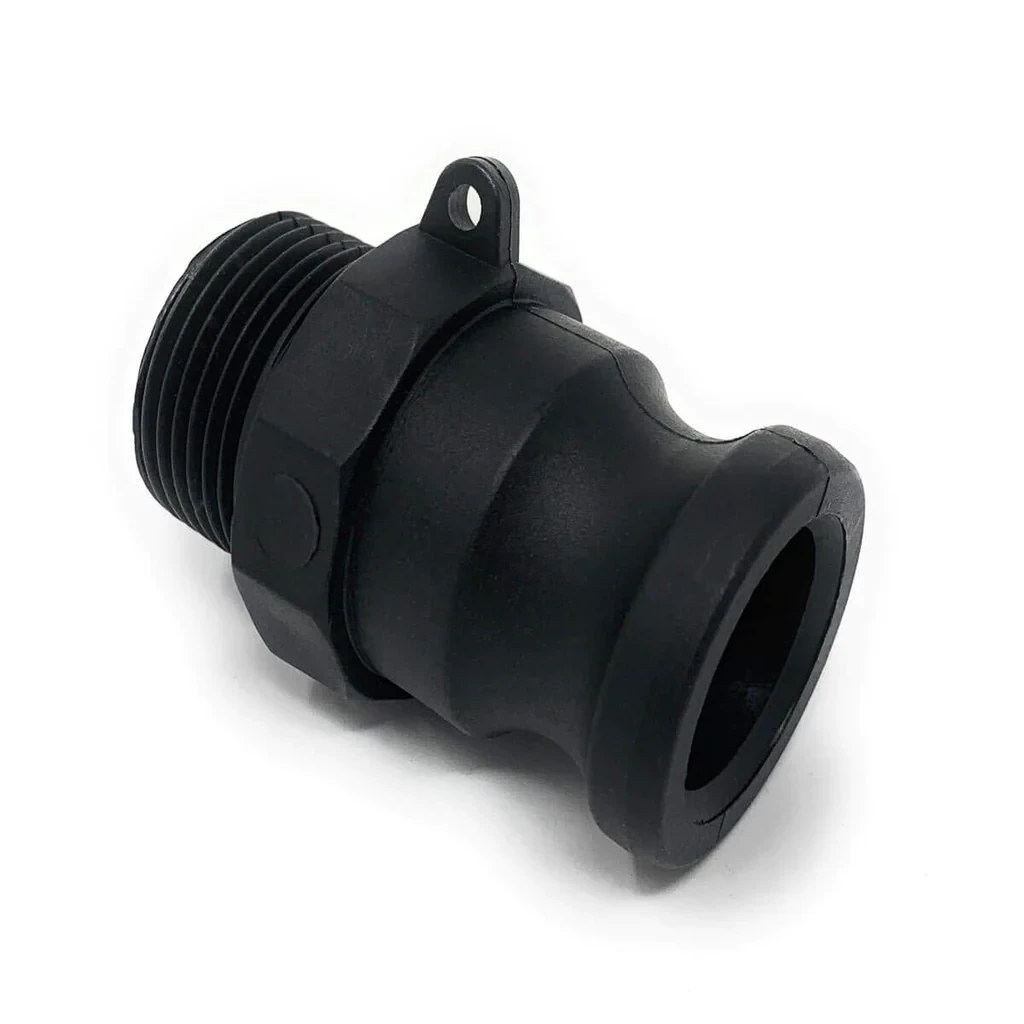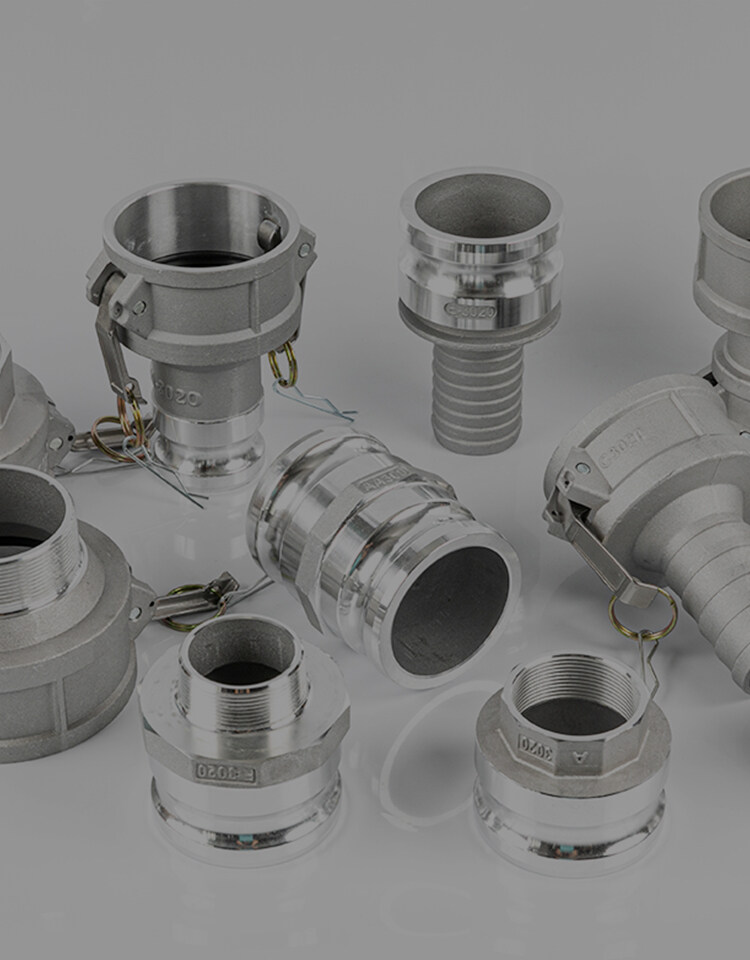Email format error
Email cannot be empty
Email already exists
6-20 characters(letters plus numbers only)
The password is inconsistent
Email format error
Email cannot be empty
Email does not exist
6-20 characters(letters plus numbers only)
The password is inconsistent

News
Here, you can describe a piece of text you want to express

The Essential Guide to Banjo Reducing Couplings: Everything You Need to Know
When it comes to fluid transfer systems, especially in the agricultural and industrial sectors, the importance of reliable and durable components cannot be overstated. Among these crucial components is the Banjo reducing coupling, a versatile and essential tool that helps connect pipes or hoses of different sizes, ensuring smooth and efficient fluid flow. This blog post delves into everything you need to know about Banjo reducing couplings, highlighting their benefits, applications, and why they are a preferred choice for many professionals.
What is a Banjo Reducing Coupling?
A Banjo reducing coupling is a type of fitting used to connect two pipes or hoses of different diameters. These couplings are typically made from durable materials such as polypropylene or stainless steel, making them resistant to various chemicals, weather conditions, and wear. The unique design of Banjo reducing couplings allows for easy installation and removal, which is particularly useful in applications where frequent disconnections are required.
Key Features of Banjo Reducing Couplings
Versatility: The reducing couplings can be used with a wide range of hoses and pipes, making them suitable for various applications.
Durability: Constructed from high-quality materials, these couplings are built to last, even in harsh environments.
Ease of Use: Their design facilitates quick and easy installation and removal, which is ideal for systems that require regular maintenance or reconfiguration.
The Importance of Choosing the Right Coupling
In any fluid transfer system, the choice of coupling can significantly impact the efficiency and safety of the operation. The reducing coupling ensures that pipes or hoses of varying sizes can be connected securely, minimizing the risk of leaks or pressure drops. This is especially important in systems where precision and reliability are critical, such as in agricultural irrigation or chemical transfer.
Factors to Consider When Selecting a Banjo Reducing Coupling
Material Compatibility: Ensure that the coupling material is compatible with the fluid being transferred to prevent corrosion or degradation.
Size Matching: The coupling must be the correct size for both the pipes or hoses it is connecting to avoid fitting issues.
Pressure Ratings: Check that the coupling can withstand the operating pressure of your system to prevent failures.
Temperature Range: Consider the temperature range of the fluid and environment to ensure the coupling will perform effectively without damage.
Applications of Banjo Reducing Couplings
Banjo reducing couplings are widely used across various industries due to their adaptability and reliability. Some common applications include:
1. Agricultural Irrigation Systems
In agricultural settings, these couplings are often used to connect hoses and pipes of different sizes within irrigation systems. The ability to reduce the diameter of a pipe or hose allows for more precise control over water flow, which is crucial for efficient irrigation and water conservation.
2. Chemical Transfer
The chemical industry requires components that are resistant to harsh substances. The reducing couplings made from materials like polypropylene or stainless steel are ideal for these applications as they offer excellent chemical resistance and durability, ensuring safe and efficient fluid transfer.
3. Industrial Fluid Handling
In industrial settings, fluid handling systems often involve complex networks of pipes and hoses. The reducing couplings help in connecting these components, especially when different sizes are involved, ensuring that the system operates smoothly and without leaks.
4. Fuel Transfer Systems
Fuel transfer systems require robust and reliable components to prevent leaks and ensure safety. The reducing couplings are frequently used in these systems to connect pipes and hoses of different sizes, providing a secure and leak-proof connection.
How to Install a Banjo Reducing Coupling
Installing a Banjo reducing coupling is a straightforward process, but it’s important to follow the correct steps to ensure a secure and leak-free connection.
Step 1: Select the Right Coupling
Before installation, ensure that you have selected the correct Banjo reducing coupling for your application. Check the material, size, and pressure rating to make sure it matches your system requirements.
Step 2: Prepare the Pipes or Hoses
Clean the ends of the pipes or hoses that you will be connecting. Remove any debris or contaminants that could interfere with the seal.
Step 3: Attach the Coupling
Insert the smaller end of the Banjo reducing coupling into the smaller pipe or hose and the larger end into the larger pipe or hose. Push them together until they are fully seated.
Step 4: Secure the Connection
Use the appropriate clamps or fasteners to secure the coupling in place. Make sure that the connection is tight to prevent leaks.
Step 5: Test the System
Once the coupling is installed, it’s important to test the system for leaks. Turn on the fluid flow and check all connections for any signs of leakage. If any leaks are detected, tighten the connections or replace the coupling if necessary.
Maintenance Tips for Banjo Reducing Couplings
To ensure the longevity and performance of your Banjo reducing couplings, regular maintenance is key. Here are some tips to keep your couplings in top condition:
1. Regular Inspections
Periodically inspect your couplings for signs of wear, damage, or corrosion. Replace any couplings that show signs of deterioration to prevent system failures.
2. Clean the Couplings
Keep your couplings clean by regularly washing them with water or a mild detergent. This is especially important in applications where the couplings are exposed to chemicals or other corrosive substances.
3. Check for Proper Fit
Ensure that the couplings remain securely fastened and that the connections are tight. Loose connections can lead to leaks and other issues.
4. Replace Worn Parts
Over time, the seals and gaskets within the coupling may wear out. Regularly check these components and replace them as needed to maintain a secure seal.
Why Banjo Reducing Couplings Are a Preferred Choice
Banjo reducing couplings have gained popularity among professionals due to their reliability, ease of use, and durability. Whether in agricultural, industrial, or chemical applications, these couplings offer a secure and efficient way to connect pipes and hoses of different sizes.
Wholesale Availability
For businesses looking to purchase these couplings in bulk, it's important to find a reputable supplier. Many suppliers offer wholesale pump column coupling blanks alongside Banjo reducing couplings, allowing you to source all your components from a single provider. This not only simplifies the purchasing process but also ensures consistency in quality and compatibility.
Conclusion
In conclusion, Banjo reducing couplings are an essential component in many fluid transfer systems. Their versatility, durability, and ease of installation make them a preferred choice for professionals across various industries. By understanding how to select, install, and maintain these couplings, you can ensure the efficiency and safety of your fluid transfer operations.
Whether you're working in agriculture, chemical transfer, or industrial fluid handling, investing in high-quality reducing couplings will provide you with the reliability and performance you need. As always, when purchasing these couplings, consider your specific application requirements and work with a reputable supplier to ensure you get the best products for your needs.

